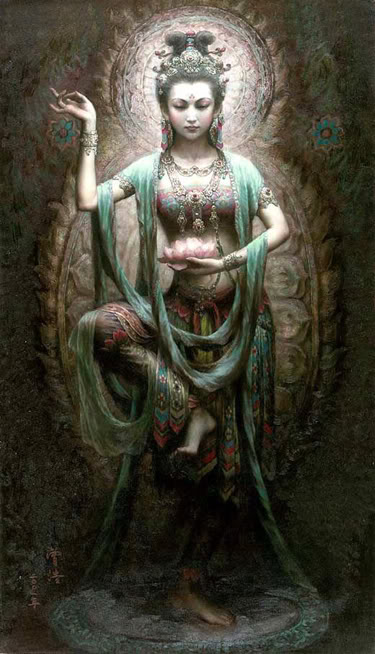Be sure to get outside as much as possible now and enjoy the sunlight. All too soon, we will be enveloped in darkness and cold as the wheel turns into winter.
Mabon Blessings!
Charging Your Corn Dolly
(from Llewellyn's Sabbats Almanac)
"Green for Nature's abundance, and aroma of abundance, luck, and protection."
Pass the dolly through the incense smoke, saying:"Made of the grain that there is always food in this house;
Tied with white ribbon for protection and peace;
She represents the spirit of abundance;
Kept through the winter to ward illness and want."
"Through the Earth Mother and the Sun God, with the power of the Elementals, this dolly is charged to protect my home from adversity and illness! So mote it be!
Envision energy being released through your palms into the dolly. Snuff the candle, open the sacred space, and place the dolly in a secure place at home, such as on a kitchen wall or in the rafters.



At the heart of the constellation Scorpius, the red giant star Antares burns with a fiery intensity matched by astrological Scorpio’s passionate temperament. Ruled by Pluto, Greek God of the Netherworld, Scorpio is intimately connected with the extremes of life, with beginnings and endings, conception and lasting legacies.
As the sign of purpose and success, the dedication and drive of Scorpio is unmatched. Of course, if a Scorpio’s anger is aroused, or she feels out of control and disordered, the sting of rebuke will be unmistakable! Scorpios thrive in pursuits that require intuition and deeper understanding, including medicine, spirituality, and philosophy.







At morn, at noon, at twilight dim,
Lady thou hast heard my hymn.
In joy and woe, in good and ill,
Goddess, Mother, be with me still.
When the hours flew brightly by
And not a cloud obscured the sky,
My soul, lest it should truant be,
Thy grace did guide to thine and thee.
Now, when storms of fate o'ercast,
Darkly my present and my past,
Let my future radiant shine
With sweet hope of thee and thine.
~ Edgar Allan Poe ~
















This blog is dedicated to women from all walks of life . . . be you young or old, rich or poor, happy or sad, overweight or skinny, found your truth or not . . . you all have a divine purpose and it is my hope that this blog will inspire you, encourage you, make you laugh, make you cry . . . whatever it is YOU need today, I hope you find it here.
Love and Light,
Teresa
